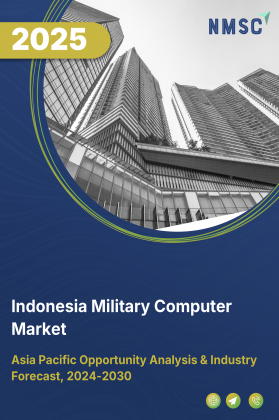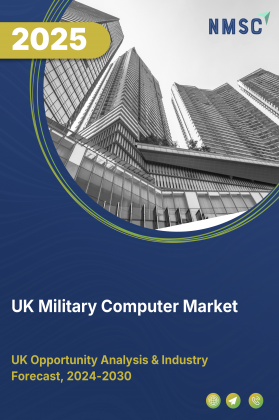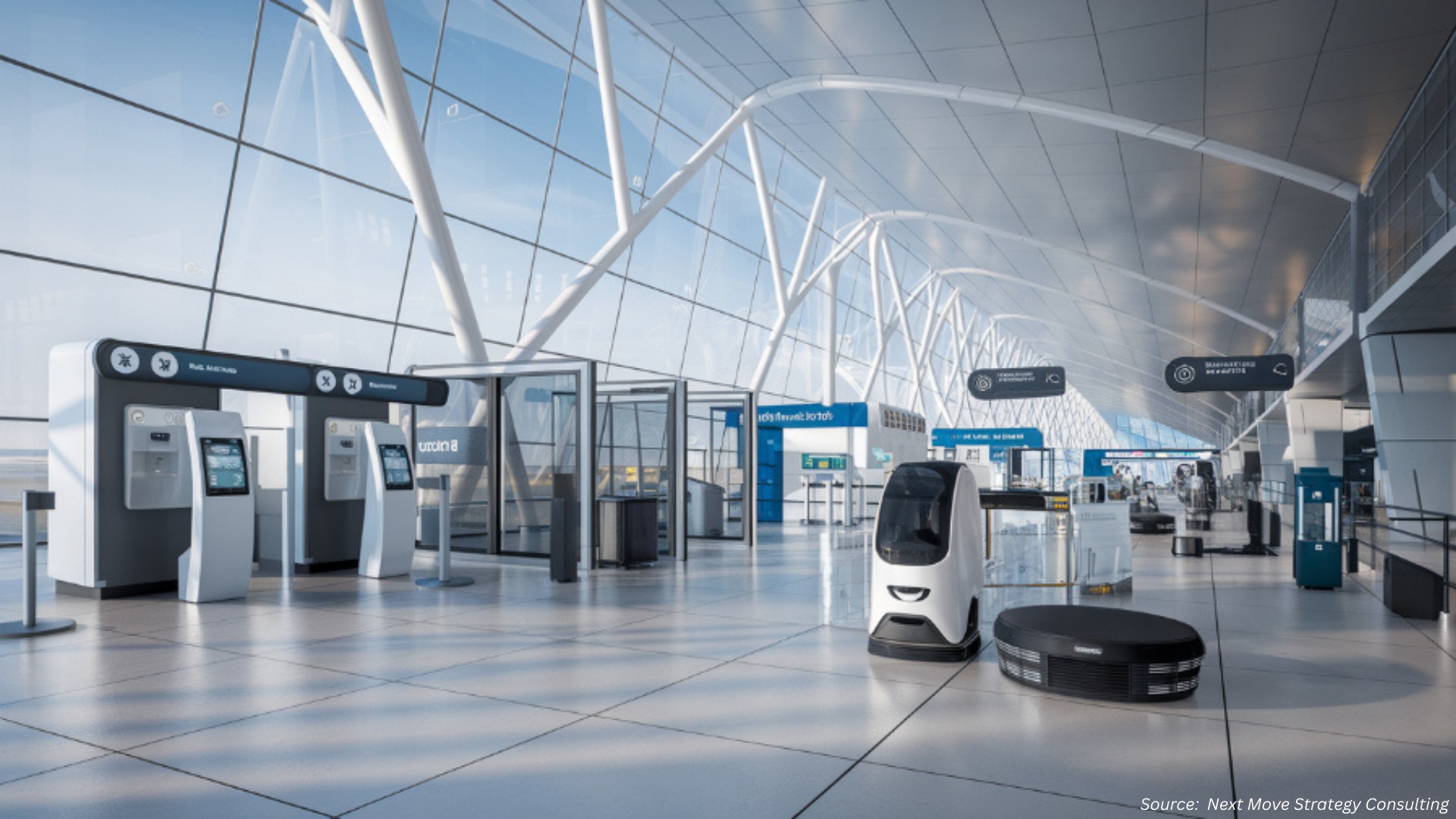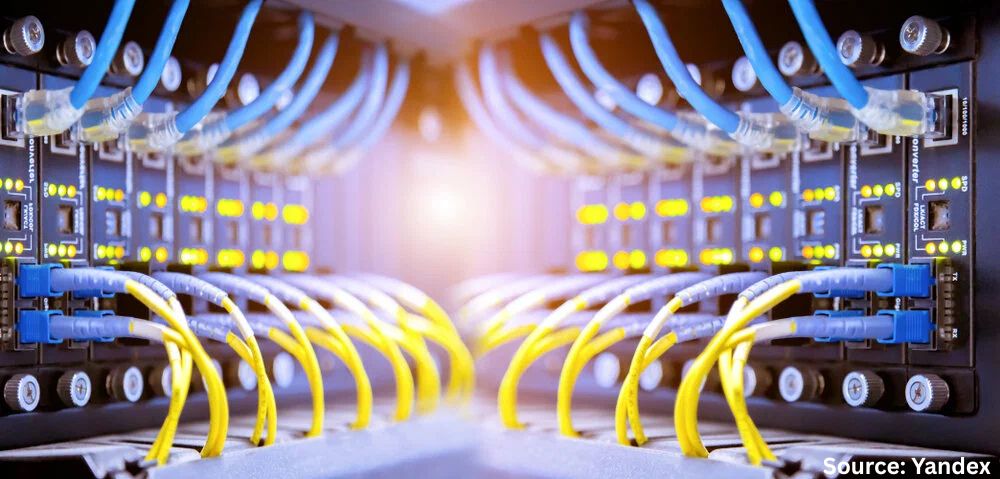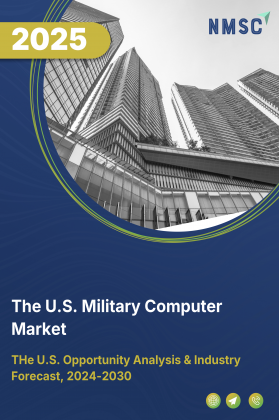
The U.S. Military Computer Market by Component (Hardware, Software, and Service), by Product (Rugged Computer, Embedded Computer, and Wearable Computer), by Application (Command and Control Systems, Communication Systems, Combat and Tactical Operations, Intelligence, Surveillance, and Reconnaissance (ISR) Systems, and Others), and by End-User (Army, Navy, and Air Force) – Opportunity Analysis and Industry Forecast, 2025–2030
Industry: Aerospace & Defense | Publish Date: 06-Nov-2025 | No of Pages: 154 | No. of Tables: 117 | No. of Figures: 62 | Format: PDF | Report Code : AD3672
Industry Outlook
The U.S. Military Computer Market size was valued at USD 3.55 billion in 2024, and is projected to grow to USD 3.83 billion by 2025. Additionally, the industry is expected to continue its growth trajectory, reaching USD 4.76 billion by 2030, at a CAGR of 4.5% from 2025 to 2030.
The factors such as growing government investment along with the presence of major players in the military and technology sector drives market growth. However, the rising prevalence of cyber threats poses significant challenges to market expansion. On the contrary, the implementation of AI and ML technologies offers promising future opportunities to enhance operational efficiency and decision-making capabilities. Moreover, the top players such as BAE Systems and Core Systems are taking various initiatives in order to enhance their market position and expand their product offerings.
These initiatives are expected to drive innovation and adoption in the military computer market, improving the overall effectiveness and readiness of defense forces. With advancements in AI and ML, companies are focusing on developing reliable communication and autonomous systems, offering enhanced security, privacy, and user control. As the market matures, the increasing demand for enhanced operational efficiency and decision-making capabilities is expected to fuel further growth.
Increased Government Investment in Military Driving U.S. Military Computer Market Growth
The rise in military spending in the region is a key driver for growth in the U.S. military computer market demand. As defense budgets increases, there is an increased focus on acquiring advanced computing systems to improve operational capabilities. These systems are vital for real-time data analysis, communication, and mission-specific applications. As per the publications from Stockholm International Peace Research Institute (SIPRI), the U.S. government plans to invest USD 939 billion in 2024 to strengthen its defense capabilities, with a substantial portion allocated to developing advanced military technologies, including military computing systems. The military gains access to high-performance technologies that enhance operational efficiency with higher defense spending. The emphasis on strengthening defense infrastructure through technology further accelerates the adoption of these systems, supporting overall the market growth.
Presence of Major Players in the Military and Technology Sector Driving the Market
The presence of key players in the defense and technology sectors is a significant factor that boosts the military computing market in the country. These major companies are growing their partnerships with the U.S. government and making impactful collaborations with them. Companies such as Northrop Grumman and Intel are at the forefront of these advancements, continuously driving market expansion through cutting-edge solutions and innovations. For instance, in September 2024, Intel Corp entered into a partnership with the U.S. government, securing a deal worth USD 3.5 billion to manufacture semiconductors specifically for military applications. As these partnerships grow and innovations in military computing continue, the market is poised for further expansion, fueled by the need for highly secure, efficient, and advanced technological solutions for modern military operations.
Increasing Prevalence of Cyber threats Restrains the U.S. Military Computer Market Expansion
The rising prevalence of cyber threats in the region is a major factor of hindrance to the growth of the military computer market. With the integration of advanced technology with the defense sector, the security, integrity and functionality of the operations become vulnerable to cyber-attacks. Multiple entry points get created when networked devices, sensors, and communication systems within rugged military computers are interconnected making it easier for cybercriminals and state-sponsored hackers to exploit. The need for advanced cyber security measures to protect sensitive defense systems drives up costs and slow the deployment of new technologies, affecting the growth of the market negatively.
Integration of Artificial Intelligence and Machine Learning Technology Creates Future Market Opportunities
The integration of advanced technologies, such as artificial intelligence and machine learning creates possibility for military computer market growth. Military forces all over the region seeks to improve their capabilities to stay ahead of adversaries. These technologies allow military computers to analyze vast amount of data from various sources to provide actionable insights that improve situation awareness and tactical planning. Also, these advanced technologies enable continuous learning from past operations and evolving threats, improving the performance of tactical computers. As defense budgets continue to rise and the need for advanced technologies increases, the integration of AI and ML in military computers is expected to drive significant growth in the market.
Competitive Landscape
Several key players operating in the U.S. military computer industry are BAE Systems, Core Systems, Curtiss-Wright Corporation, Elbit Systems Ltd., Kontron AG, Microchip Technology Inc., Northrop Grumman Corporation, MilDef Group AB, Panasonic Holdings Corporation, General Dynamics Corporation, Collins Aerospace, Crystal Group Inc, Intel Corporation, ADLINK Technology Inc., Barco NV. and others.
U.S. Military Computer Market Key Segments
By Component
-
Hardware
-
Processors
-
Input/Output Devices
-
Others
-
-
Software
-
Operating Systems
-
Application Software
-
-
Service
By Product
-
Rugged Computer
-
Rugged Laptops
-
Rugged Tablets
-
Rugged Displays
-
Rugged Handhelds
-
-
Embedded Computers
-
Wearable Computers
By Application
-
Command and Control Systems
-
Communication Systems
-
Combat and Tactical Operations
-
Intelligence, Surveillance, and Reconnaissance (ISR) Systems
-
Others
By End User
-
Army
-
Navy
-
Air Force
Key Players
-
BAE Systems
-
Core Systems
-
Curtiss-Wright Corporation
-
Elbit Systems Ltd.
-
Kontron AG
-
Microchip Technology Inc.
-
Northrop Grumman Corporation
-
MilDef Group AB
-
General Dynamics Corporation
-
Collins Aerospace
-
Crystal Group Inc
-
ADLINK Technology Inc.
-
Barco NV
Report Scope and Segmentation
|
Parameters |
Details |
|
Market Size in 2025 |
USD 3.83 Billion |
|
Revenue Forecast in 2030 |
USD 4.76 Billion |
|
Growth Rate |
CAGR of 4.5% from 2025 to 2030 |
|
Analysis Period |
2024–2030 |
|
Base Year Considered |
2024 |
|
Forecast Period |
2025–2030 |
|
Market Size Estimation |
Billion (USD) |
|
Growth Factors |
|
|
Companies Profiled |
15 |
|
Market Share |
Available for 10 companies |
|
Customization Scope |
Free customization (equivalent up to 80 working hours of analysts) after purchase. Addition or alteration to country, regional, and segment scope. |
|
Pricing and Purchase Options |
Avail customized purchase options to meet your exact research needs. |

















 Speak to Our Analyst
Speak to Our Analyst



